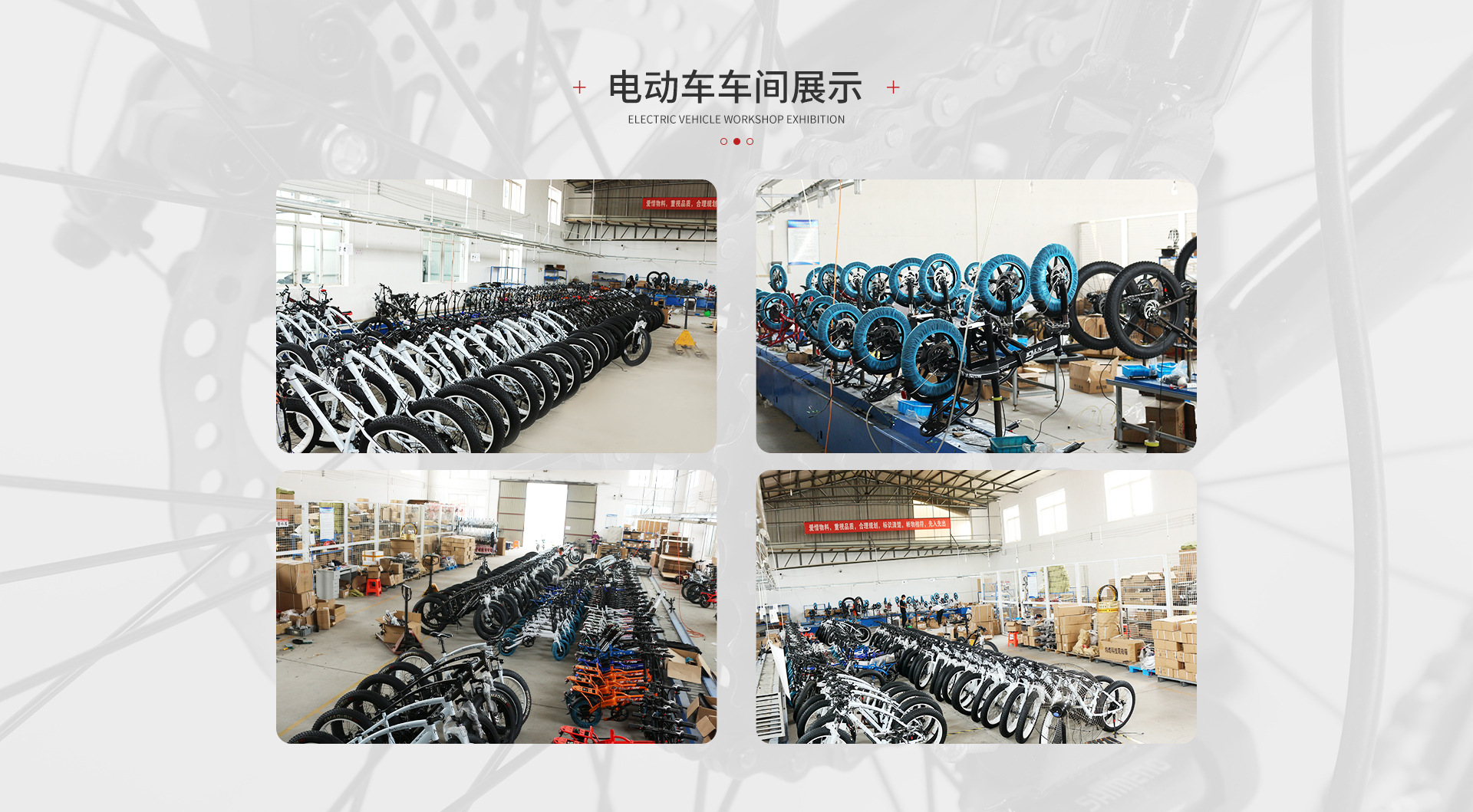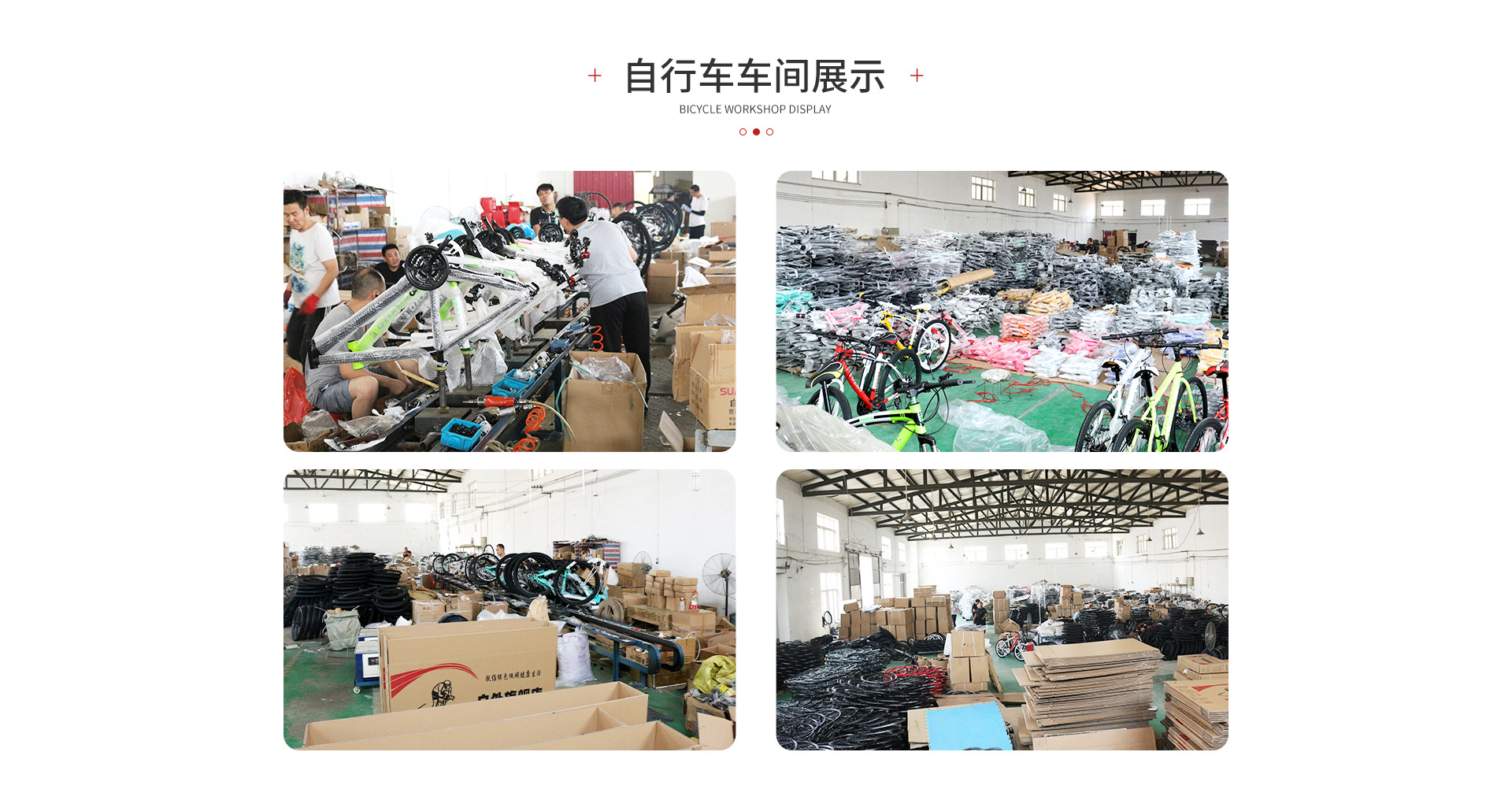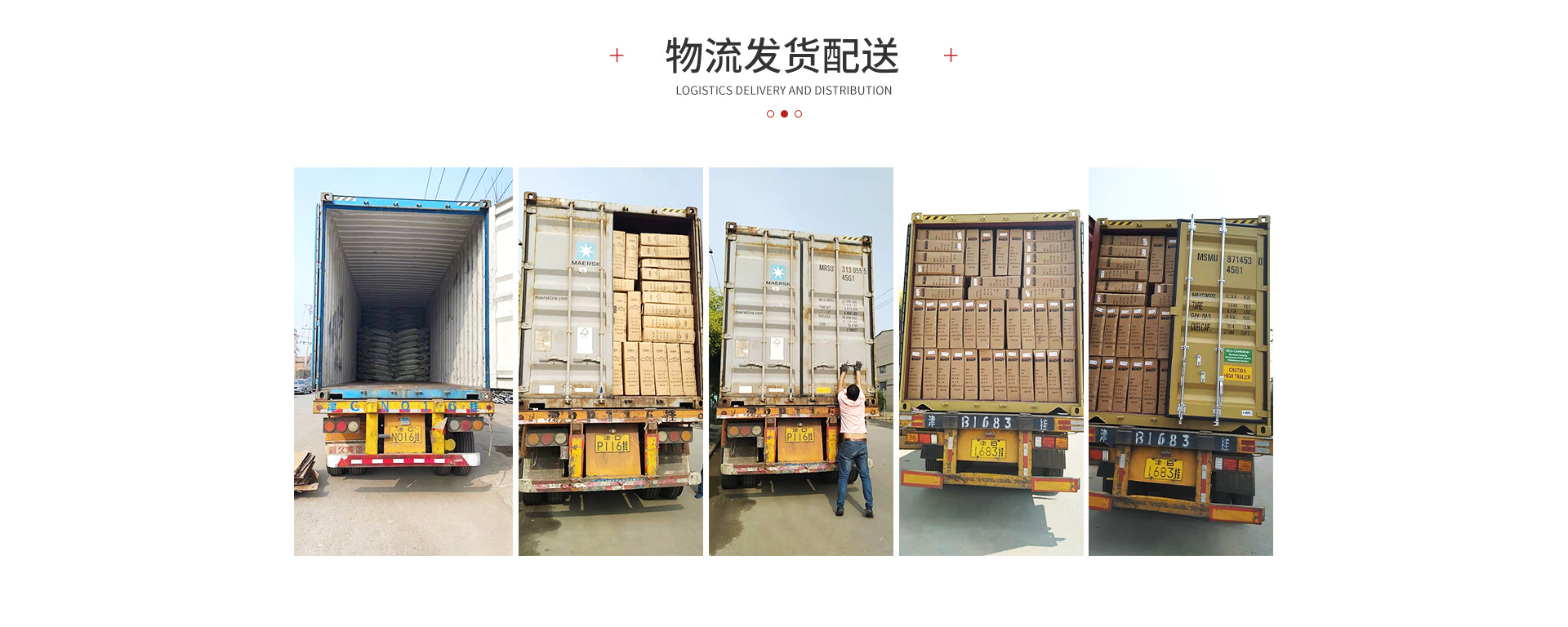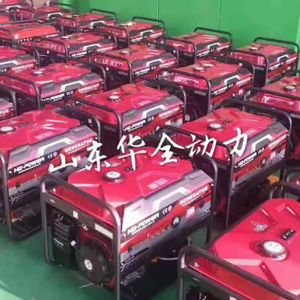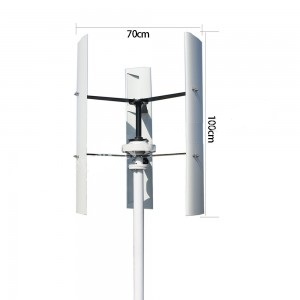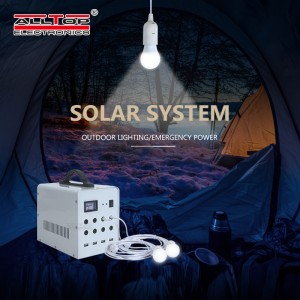Lithium Battery for Energy Storage In Various Power-free Devices
Most storage systems currently in operation around the world use lithium batteries. The world of lithium batteries features a diverse group of technologies that all store energy by using lithium ions, particles with a free positive charge that can easily react with other elements.
Functioning and Characteristics
The charging and discharging of lithium batteries, which are made up of a positive electrode (lithium cathode) and a negative electrode (carbon anode), happens through chemical reactions that allow energy, in this case generated by renewable plants, to be accumulated and restored. Lithium batteries have very interesting technological features for energy purposes, including modularity, high energy density and high charging and discharging efficiency, which can exceed 90% on a singular module level.
Technology based on nickel, manganese and cobalt (NMC) has undergone a revolution in recent years, with increased production and prices that dropped, according to Bloomberg data, by about 85% from 2010 to 2018.
Functioning and Characteristics
The difficulty in procuring some materials, especially cobalt, from a socio-political point of view, is motivating researchers to test innovative solutions featuring lower percentages of cobalt, or where lithium is combined with other elements that are easier to find, like silicon or even oxygen.
In addition, increased attention is being paid to end-of-life management, through the study of processes that allow us to “close” the production cycle by recycling the most critical materials. According to data from the Global Battery Alliance, 11 million tons of lithium ion batteries will reach end-of-life by 2030. Several reuses for lithium batteries are being studied (e.g., for electric vehicles) to possibly integrate them into the storage systems of renewable systems, or to provide services for the electrical grid, creating a virtuous cycle of the circular economy.
